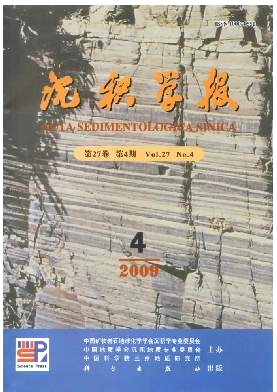Grain size Characteristics and Geomorphology Evolution in Late Cenozoic Era Sediments, Changjiang Estuary
- Received Date: 1900-01-01
- Rev Recd Date: 1900-01-01
- Publish Date: 2009-08-10
-
Key words:
- grain size analysis
Abstract: On the basis of grain size analysis of the samples from three boreholes in Changjiang Estuary, the present study discusses the sedimentary and morphologic environmental evolution throughout the late Cenozoic era. Results demonstrate that, thick layers of sand and gravelly sand dominate in the borehole sediments of Core SG6 and J18A in Pliocene, indicating quick deposition of alluvial fan system. The lack of Pliocene sedimentation in the borehole of Core SG13 indicates higher topography. Therefore obvious relief occurred in the study area with both depositional and erosion areas during Pliocene. In early Pleistocene the sedimentary environment remained as alluvial fans. But the sedimentary basin extended westward and southward due to tectonic subsidence, as evidenced by the thick layers of gravelly sand in Core J18A and initiation of deposition in Core SG13. In middle Pleistocene fine sediments accumulated generally, revealing the sedimentary environment of alluvial plain dominated by meandering river. In early late Pleistocene thick layers of sand and gravelly sand dominate in the region again, but the grain size become finer as compared with Pliocene and early Pleistocene. It reveals that rivers developed again in the region because of local tectonic subsidence. In late Pleistocene and Holocene silt and clay accumulated from still water dominate in the boreholes sediments, indicating the sedimentary environment of coastal plain and shallow sea. Hence two processes of peneplaintion occurred in the region due to the tectonic subsidence, deposition and erosion since Pliocene to middle Pleistocene and late Pleistocene to Holocene.
| Citation: | ZHAN Qing. Grain size Characteristics and Geomorphology Evolution in Late Cenozoic Era Sediments, Changjiang Estuary[J]. Acta Sedimentologica Sinica, 2009, 27(4): 674-683. |






 DownLoad:
DownLoad: